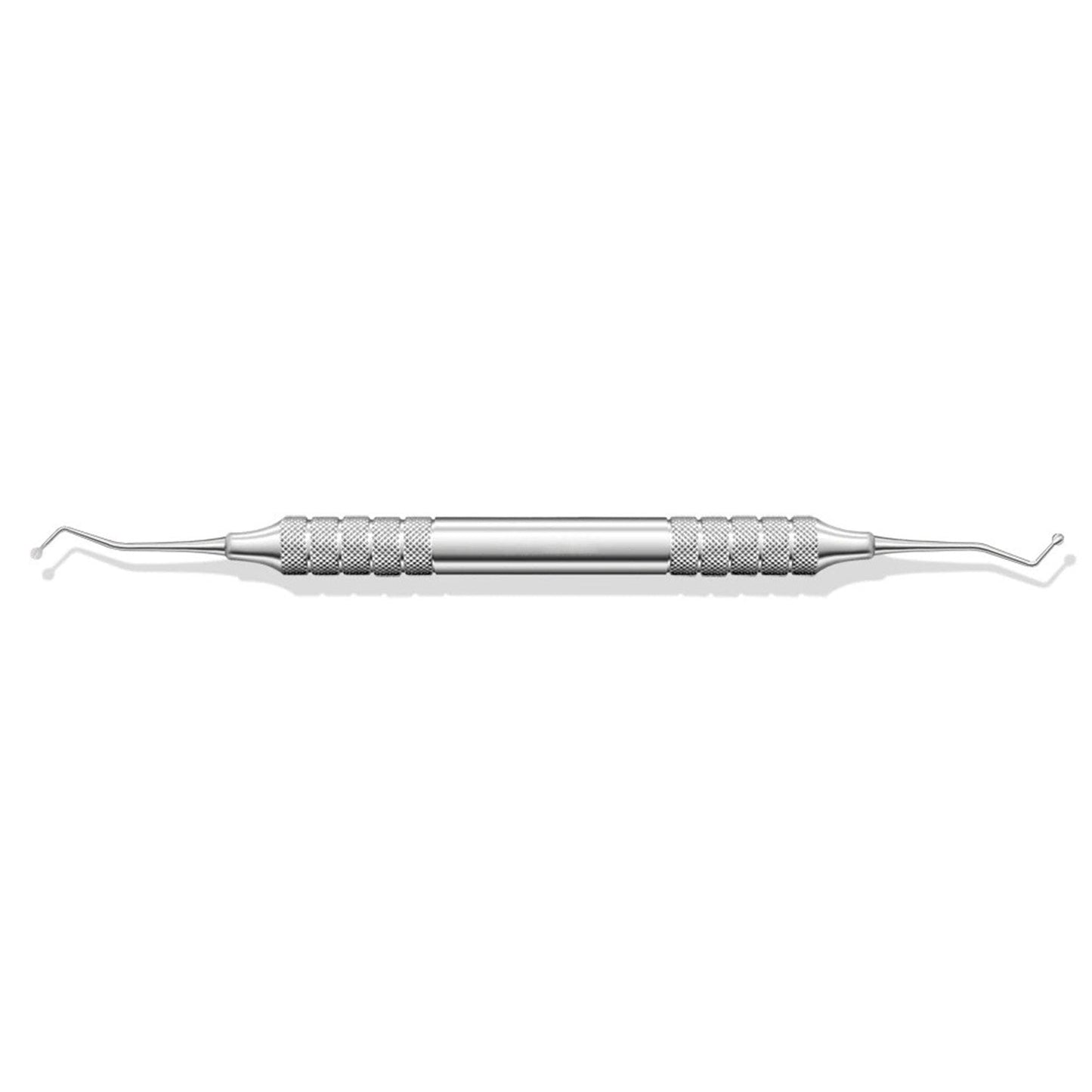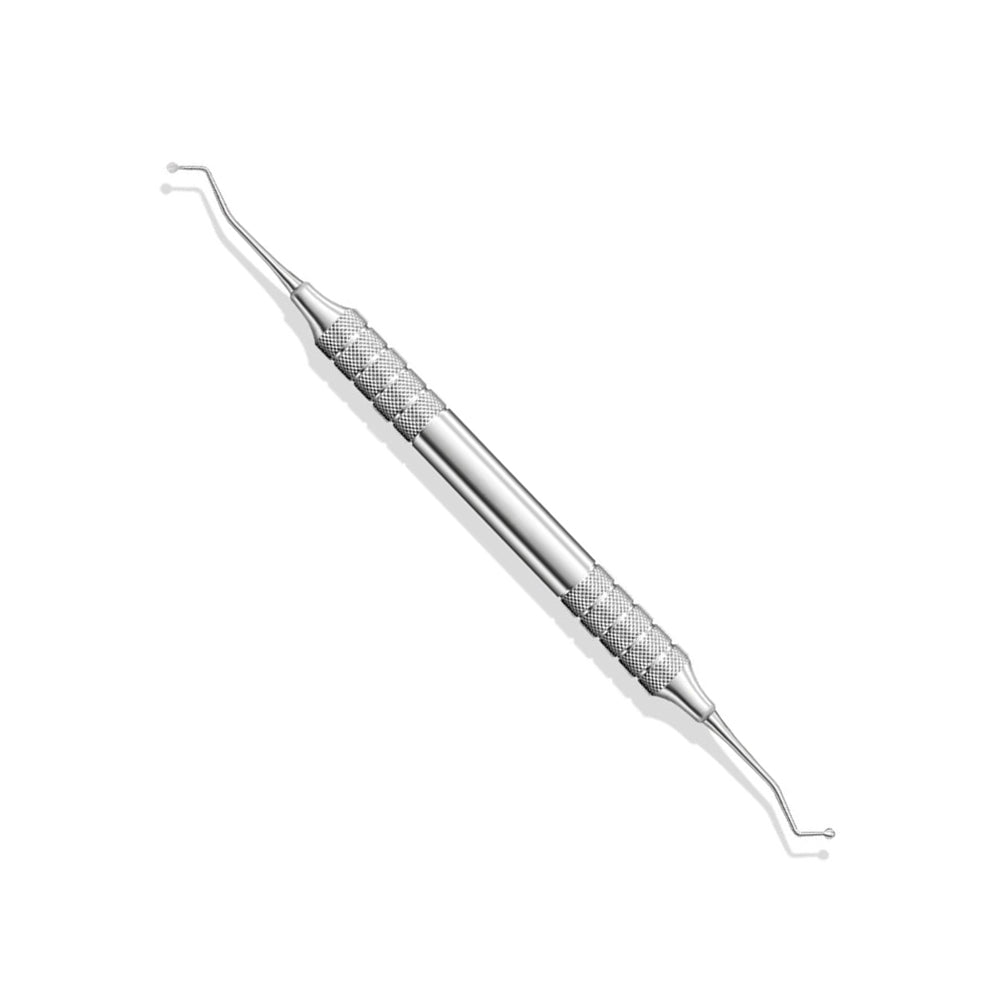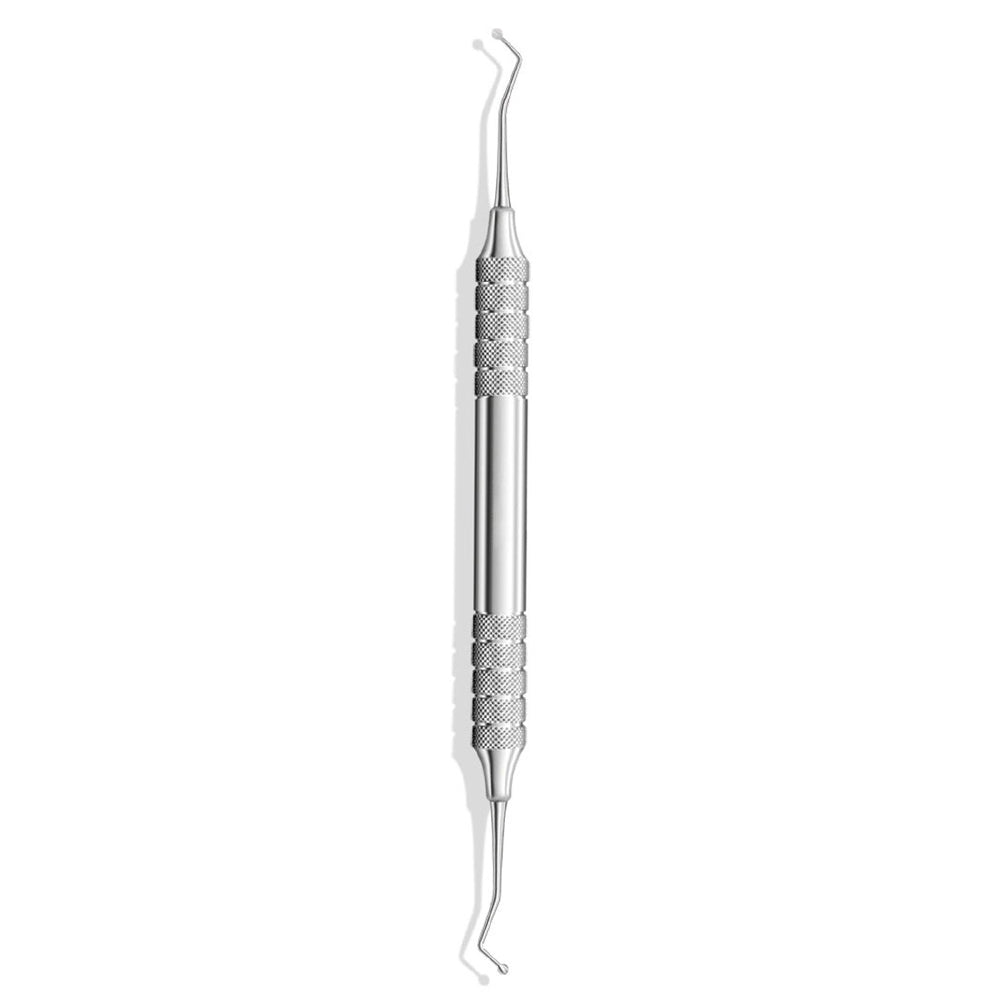


Orthodontic Excavator Stainless Steel - A Precision Tool for Bracket Cleaning and Adhesive Removal
The orthodontics treatment requires a specific collection of tools that is specifically tailored to the specifics of brackets, bands and connected appliances. Of these, one of them is the Orthodontic Excavators made of stainless steel, the most essential instrument for performing tasks like cleaning orthodontic equipment as well as removing adhesive materials and reworking areas of enamel. Made of high-quality stainless steel, Excavators are highly regarded by general dentists as well as orthodontists for their durability, precision, and flexibility.
Contrary to traditional excavators utilized in general dentistry to aid in the removal of caries ort, orthodontic excavators have been specifically made to assist in the process that is related to the management of orthodontic appliances. In this article, we'll look at the structure, use, and benefits of dental excavators made using stainless steel. They will also explain the reasons why they are a vital component of any orthodontic toolkit.
What Is an Orthodontic Excavator?
The orthodontic excavator is a high-quality hand-held dental instrument that is designed for precise tasks related to orthodontic treatment. Its primary function is:
- Removing adhesive resin after bracket debonding.
- Cleans bonding material that has accumulated around bands and brackets.
- Accessing small spaces between wires and appliances.
- The smoothing of enamel surface after debonding.
The instruments are designed with sharp, fine or spoon-shaped tips as well as an angled shank to provide maximal access to complicated surfaces of teeth that are fitted by orthodontic equipment.
Why Stainless Steel?
UtilizingUtilizing surgical grade stainless steel has several advantages, which make it suitable for orthodontic excavators.
1. Corrosion Resistance
The stainless steel can withstand degradation and rust and degradation, even after repeated exposure to saliva, moisture, and sterilization procedures.
2. Long-Lasting Sharpness
The cutting tips stay sharp even after many uses and ensure efficient material removal and less damage to the tooth's surface.
3. Strength and Rigidity
They can withstand the pressure required for scraping hardened resins or bonding agents without breaking or snapping.
4. Easy SterilizationSterilization
Instruments made of stainless steel are safe to reuse and autoclave, making them cost-effective and hygienic for long-term use in clinical.
Key Features of Orthodontic Excavator Stainless Steel
1. Fine-Tipped Working End
The brackets are designed to be able to reach under them and around tight corners:
- Excellent control and accuracy.
- It is ideal for taking away leftover composites without damaging enamel.
2. Angled or Curved Shank
The instrument is usually bent or angled toward the neck, which allows for:
- More access to areas that are difficult to reach, for example, behind the molar bands.
- Improvement in the ability to maneuver with wires and braces.
3. Ergonomic Handle
- Most often, the surface is textured or contoured to create an anti-slip grip.
- Allows for fatigue-free operation during long procedures.
4. Double-Ended Designs
Certain models come with two distinct tip shapes (e.g. spoon, spoon, or claw) to increase performance and eliminate the necessity for frequent instrument adjustments.
Common Applications in Orthodontics
The excavators of orthodontics serve a range of reasons in treatment:
1. Debonding Procedures
- After the brackets are removed, Excavators are then used to wash off the remaining residue of resin that remains on the enamel.
- Aids to prevent damage to enamel by allowing the precise removal of adhesives without excessive force.
2. Bracket and Band Cement Removal
- Get rid of the excess bonds cement around brackets, bands or attachments.
- Cleans up the appliance and prevents discomfort to the soft tissue.
3. Retainer and Aligner Preparation
- It is used for cleaning enamel surfaces before placing retainers that are removable or fixed.
- Cleans up minor particles as well as rough areas that can impact the fit of aligners.
4. Oral Hygiene Assistance
- In-office cleaning-ups for patients who are suffering from food particles or plaque around orthodontic devices.
Benefits of Using Stainless Steel Orthodontic Excavators
- Increased Accuracy: Allows for gentle and precise adhesive removal.
- MinimizedMinimized Enamel Damage Reduces the chance of chipping or scratching enamel following debonding.
- Reusable and Hygienic: Sterilizable and suitable for use by several patients.
- Extremely Durable Its performance is long-lasting even under constant clinical stress.
- Flexible use: Effective in both general and orthodontic procedures that require cement removal.
Care and Maintenance
To ensure that your orthodontic excavators remain in good shape and are safe:
- Wash immediately following use to eliminate the bonding agents and any particles.
- Clean up thoroughly with enzyme-based cleaners and using an Ultrasonic Bath.
- SterilizeSterilize with the autoclave according to the manufacturer's instructions.
- Keep in a dry, clean environment to stop corrosion.
A regular inspection is essential to ensure that the tip is sharp and that the instrument is free of pitting and cracks.
When to Replace
Change your excavator for orthodontics:
- This is where the cutting-edge dulls.
- There are obvious bends or misalignments.
- The grip of the handle gets worn down and can affect the control.
- You notice corrosion, despite proper sterilization sterilization.
Conclusion
It is the Orthodontic Excavator Stainless Steel is an important tool that improves precision and efficiency as well as safety when it comes to orthodontic procedures. When you're taking off adhesive after debonding or cleaning the brackets that are difficult to clean, this tool offers the stability and control needed to achieve outstanding outcomes. The stainless steel construction of the tool ensures durability, ease of maintenance, and reliable performance for each orthodontic professional.
It is a simple tool but a significant resource for each step of the orthodontic process.




 For Bulk Order Whatsapp US
For Bulk Order Whatsapp US